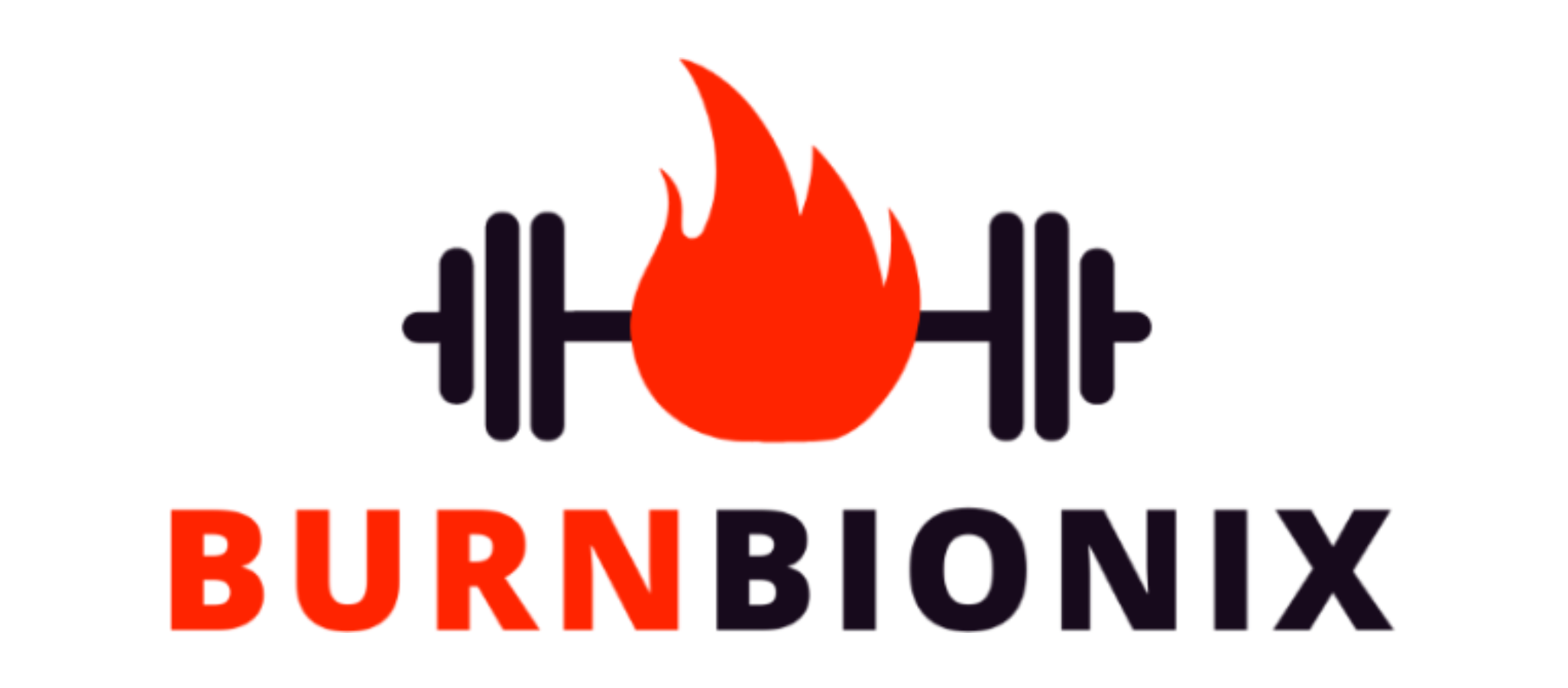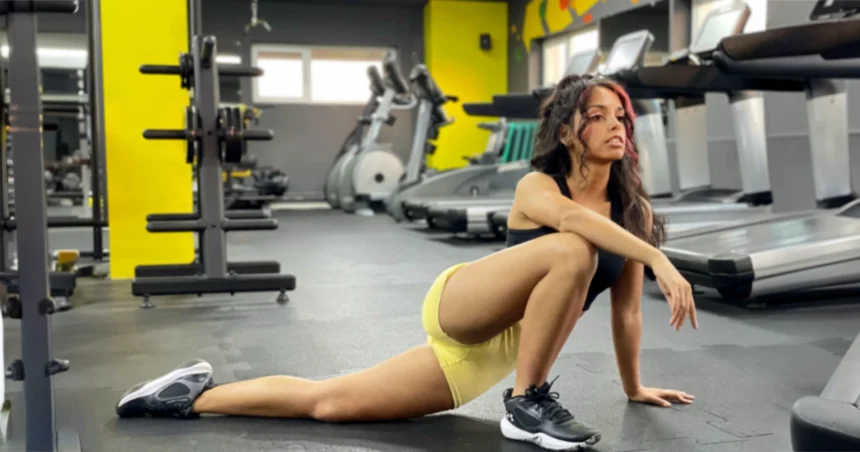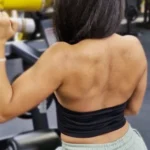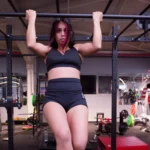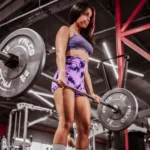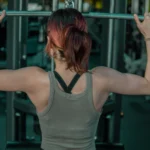Pilates is a unique mind-body exercise system focused on core strength and flexibility. Created by Joseph Pilates, this practice uses precise, controlled movements paired with breath to tone muscles and improve posture and coordination. In this comprehensive guide, we will explore what Pilates is, the differences between Mat and Reformer Pilates, how to get started, finding an instructor, common exercises, and the many benefits of a regular Pilates practice. Whether you’re new to Pilates or an experienced practitioner, read on to learn tips to improve your practice and take your workout to the next level. Pilates offers an excellent full-body workout suitable for all fitness levels when practiced regularly.
Understanding Pilates
Pilates is a mind-body exercise system focused on building core strength, stability, balance, flexibility, and muscular control. Founded on six key principles, Pilates aims to strengthen the body’s “powerhouse” – the core muscles of the abdomen, lower back, hips and buttocks.
A 2012 systematic review of Pilates studies found regular practice can improve general fitness, muscular strength, flexibility, posture and body composition. The review also noted Pilates may help manage chronic lower back pain.
Several key concepts underpin the practice:
- Core stability refers to properly engaging the core muscles to maintain good posture and alignment during exercise. A stable core provides a strong foundation for movement.
- Core strength is developed by the precise, controlled movements targeting the abdominals, obliques, lower back, and glutes. Over time, a stronger core improves stability and athletic performance.
- Flexibility is increased through the full range of motion used during Pilates exercises. Movements are flowing rather than rigid.
- Muscle control is built by engaging the right muscles for each exercise in a coordinated, concentrated way. Controlled form prevents injury.
Mat Pilates vs. Reformer Pilates
Pilates can be practiced on a mat or using special equipment like the Pilates reformer. Both offer excellent workouts, but with some key differences:
- Mat Pilates provides a basic Pilates routine performed on the floor using gravity and your own body weight to provide resistance. Simple props like bands, balls or rings may be incorporated. Mat Pilates improves core strength, flexibility, balance and circulation with exercises like crunches, bridges and planks. It requires minimal equipment, making it easily accessible.
- Reformer Pilates utilizes a machine with a sliding carriage and resistance bands to add challenge, support proper alignment and allow smooth transitions between movements. The reformer enables both beginner and advanced Pilates exercises while providing assistance and resistance not possible on a mat. Reformer Pilates enhances core power, flexibility, and muscular endurance through a full-body workout.
Deciding between Mat and Reformer Pilates depends on your goals and access to equipment. Those new to Pilates can start with matwork to learn the basics. Reformer classes provide added resistance to increase strength and definition. As Reformer equipment can be expensive, mat classes offer a budget-friendly option. For variety, many practice both Mat and Reformer Pilates to target different muscle groups and achieve a well-rounded fitness program.
Getting Started with Reformer Pilates
The Pilates reformer is the signature apparatus used in Reformer Pilates. This machine has a flat platform that moves back and forth on a wheeled carriage, adjustable springs for resistance, and a foot bar. The reformer allows you to perform Pilates exercises with assistance for proper form and greater intensity.
If you’re new to Reformer Pilates, here are some tips:
- Take an introductory class with an instructor so you learn proper setup and technique. Trying to use a reformer without guidance can lead to injury.
- Start with lighter resistance springs and lower repetitions to learn the basics. Focus on mastering form and mind-body connection before increasing intensity.
- Engage your core during every exercise. Draw your navel in toward your spine to stabilize the body.
- Move slowly and breathe deeply. Avoid jerky motions as Reformer Pilates should be smooth and controlled.
- Use your core strength to initiate movement and leverage the springs, not your limbs. This enhances stability.
- Maintain proper alignment with your head, shoulders, hips, and ankles stacked.
Reformer Pilates provides an amazing full body workout to build core strength, tone muscles, improve flexibility and burn calories. Taking beginner reformer classes establishes a solid foundation so you can progress safely.
Finding a Pilates Instructor
Finding an experienced, qualified Pilates instructor is key to getting the most out of your practice. Here are some tips for selecting the right teacher:
- Look for instructors certified by prestigious Pilates organizations like the Pilates Method Alliance (PMA) or Peak Pilates. This rigorous training ensures proper teaching.
- Check the instructor’s background. Those with many years of experience teaching a variety of students often make the best teachers.
- Read online reviews or ask current students about the instructor’s teaching style, experience level, and ability to modify exercises to prevent injury.
- Schedule a trial private or group class. This allows you to sample the instructor’s cueing and corrections to see if it fits your needs.
- Look for small class sizes so you get adequate individual attention and guidance on proper form.
- Consider accessibility – make sure classes are offered at convenient times if attending regular sessions.
- Find an instructor you connect with. The rapport between student and teacher enhances the Pilates experience.
Attending a trial class is highly recommended when selecting an instructor. Pay attention to how the instructor makes you feel – an empowering teacher who instills confidence will enable you to get the most from your Pilates practice.
Common Pilates Exercises
Pilates routines incorporate a range of foundational exercises to build core strength and flexibility. Here are some of the most common and beneficial:
- Planks – Done on the hands and toes, straight body planks engage the entire core. Keep the back flat and don’t sink into the shoulders.
- “The Hundred” – Lying down, pulse the arms up and down 100 times while breathing deeply. Legs can be bent or straight. This energizes the body.
- Shoulder Bridge – With shoulders on the mat, lift the hips up into a straight line. Squeeze the glutes and engage the core.
- Single Leg Stretch – Lying down, bring one knee into the chest while straightening the other leg. Switch legs, keeping core engaged.
- “The Roll Up” – With legs straight and arms overhead, peel the spine off the mat one vertebrae at a time. Roll back down slowly.
- Leg Circles – Lying on your back, raise legs straight up. Slowly circle legs in one direction, then reverse.
- Side Plank – Supporting the body on one elbow and the feet, lift hips to align in a straight plank. Keep hips stacked.
These foundational exercises strengthen the core, enhance stability, build endurance and improve posture. Practicing them regularly develops the core control and precision that is the essence of Pilates.
The Benefits of Pilates Workouts
Regularly practicing Pilates offers numerous benefits for both body and mind:
- Improved posture – Pilates strengthens the core and back muscles to support proper spine alignment. Cueing during classes reminds you to stand up straight.
- Increased flexibility – The flowing, controlled movements enhance range of motion in the joints and muscles. Even tight hamstrings and hips become more mobile.
- Joint strengthening – Building stability and muscle tone without bulk protects joints from injury and deterioration. Pilates is especially beneficial for knees and shoulders.
- Long, lean physique – Total body conditioning slims down while elongating muscles for that signature Pilates look.
- Enhanced body awareness – Precise movements coordinated with breath increase mindfulness and kinesthetic awareness.
- Stress relief – The mental focus required provides a meditative escape from daily stressors. Endorphins released boost mood as well.
- Self-confidence – Seeing your body grow stronger and more flexible empowers you and boosts self-esteem.
- Injury prevention – When practiced safely, Pilates can rehabilitate and prevent common injuries like lower back pain.
Make Pilates exercise a regular habit and you will notice dramatic improvements in your physical health, mental clarity, and self-confidence. The benefits compound over time.
The Best Pilates Workouts
There are endless options for highly effective Pilates workouts targeting different goals:
- For core strength, focus on resistance exercises like planks, rolls-ups, and leg lifts using the reformer or bands.
- To build flexibility, prioritize stretches and full range of motion movements like side bends and hip circles.
- For increased muscle tone and definition, use lighter weights and higher reps to fatigue the muscles.
- To improve stamina and endurance, opt for circuit workouts mixing cardio intervals on the reformer with mat exercises.
- For a relaxing cool-down, stretch head to toe holding gentle poses like child’s pose between deep breaths.
- To alleviate back pain, stabilize the core with bridges, mermaids and swimming moves.
- For posture and balance, stand on the reformer and concentrate on proper spinal alignment.
Mixing up your Pilates routine keeps challenging your body in new ways. Listen to your body each day and select exercises benefiting your personal goals. Variety is key!
Final Thoughts
Ready to sculpt a strong core, improve your flexibility, and boost mind-body awareness? Then it’s time to incorporate Pilates into your fitness routine. As we’ve discovered, Pilates offers a transformative full-body workout suitable for all levels. Whether you are new to Pilates or an experienced practitioner, committing to regular classes will help you reach your fitness goals. Sign up for that first beginner Mat or Reformer class to start experiencing the many benefits of Pilates. Expect to leave your mat with a feel-good burn and a stronger, more confident you!
